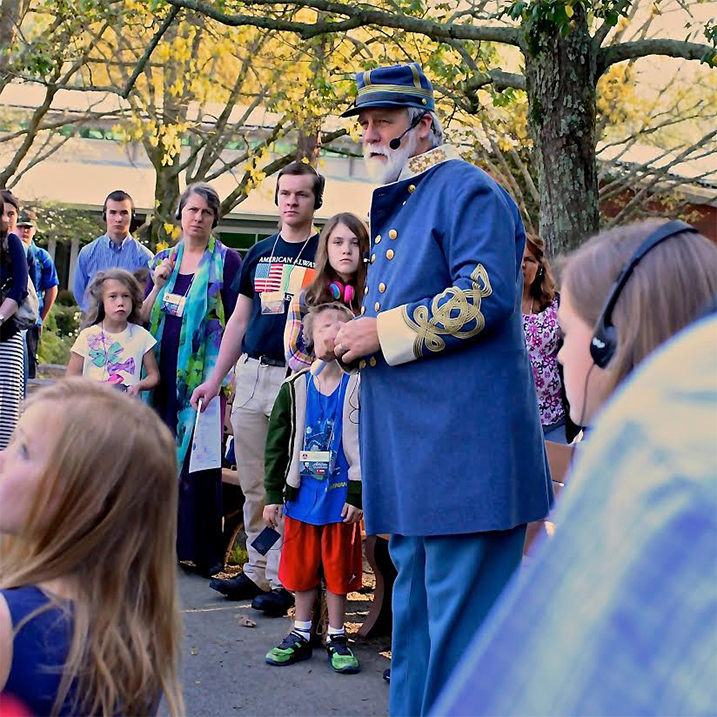
Scholar and historian Bill Potter speaks to a sold-out crowd at Kennesaw Mountain on our Atlanta Tour.
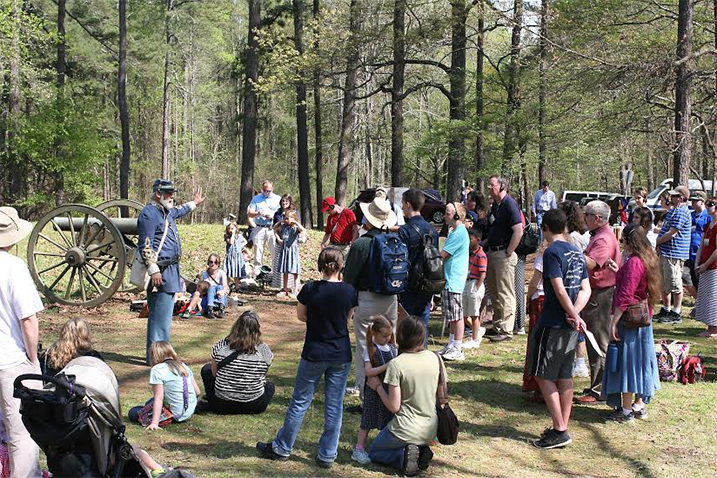
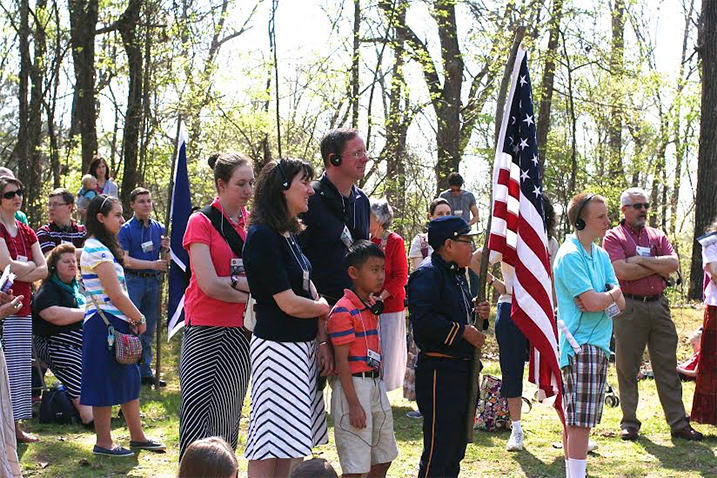
Landmark Events and friends at Kennesaw Mountain, location of a series of battles near Marietta, Georgia where General Sherman faced General Joseph E. Johnston.
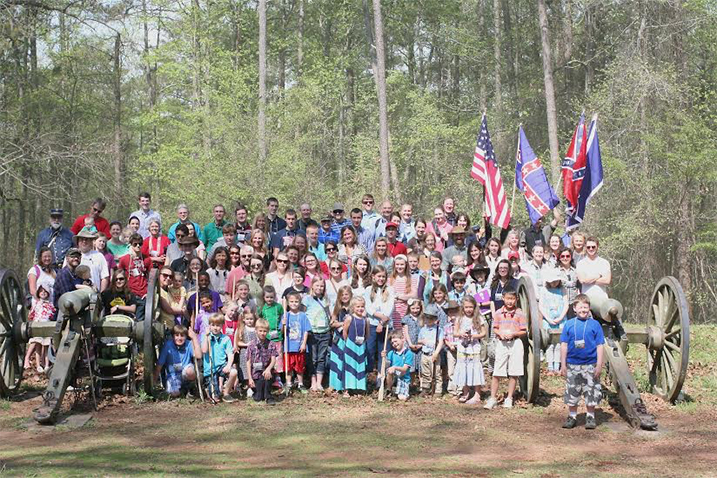
What a great bunch of folks! Thanks to all our supporters that often come from great distances to join us doing what we love—learning history and observing His hand in the orchestration of events!
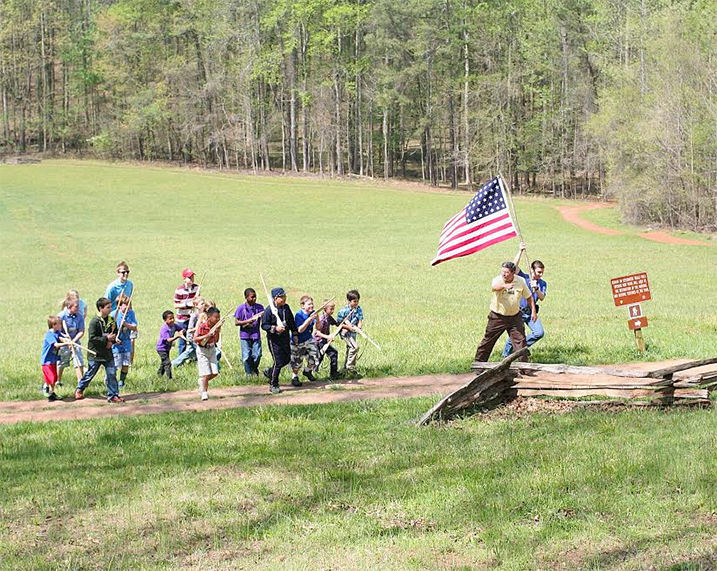
The Union advance at the dead angle on Cheatham’s Hill. Recreating the legendary attempt that would earn its rightful place in the the annals of sacrifice during the Civil War.
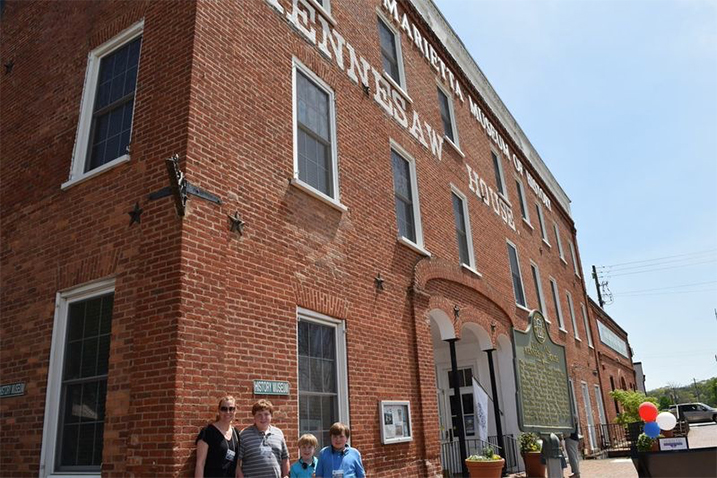
The Marietta Museum of History, also called the Kennesaw House, was built in 1845, making it one of Marietta’s oldest buildings and one of the few General Sherman left standing.
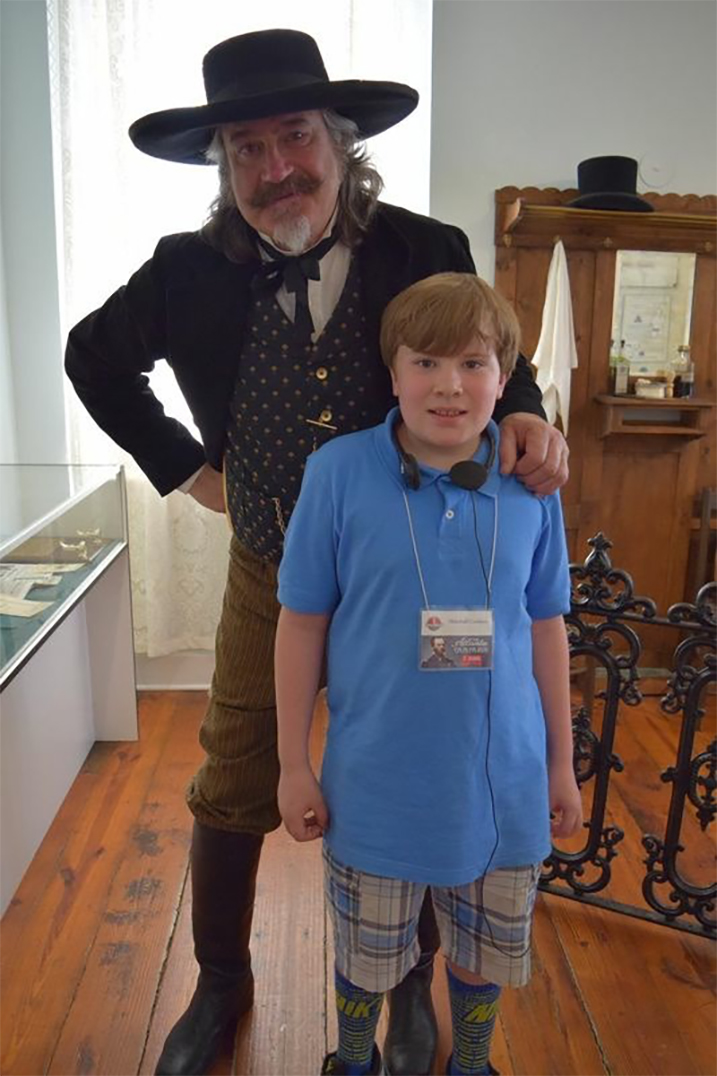
The Union soldiers of the Andrew’s Raid, including their civilian leader, James Andrews, slept in this building which was a hotel during the Civil War. On the morning of April 11, 1862, they boarded and soon after hijacked a Confederate train, thus starting the Great Locomotive Chase. This bedroom has been refurbished to resemble it as it was during Andrew’s stay.
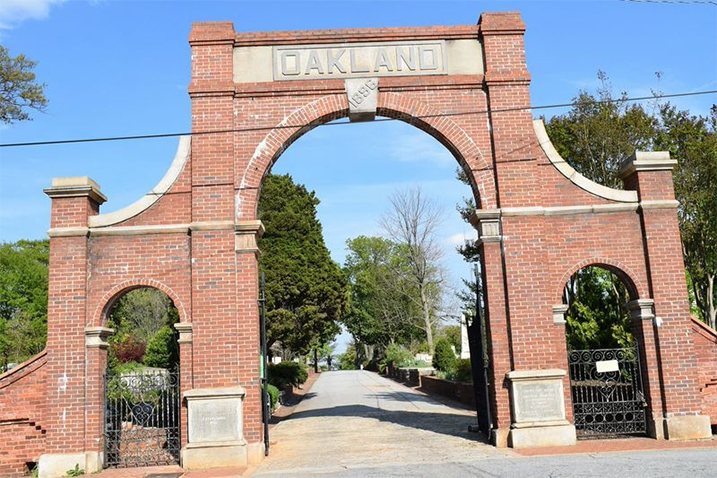
Oakland Cemetery, founded 1850, is one of the oldest spots in Atlanta, having escaped William Tecumseh Sherman’s burning of the city in 1864.
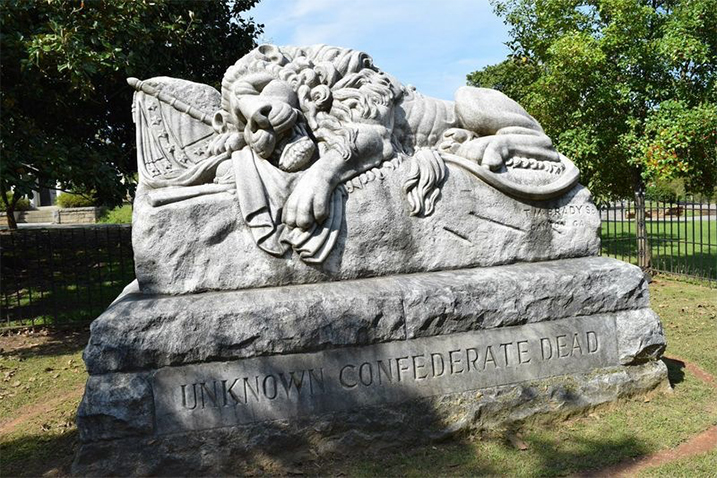
The Lion of the Confederacy.
The Confederate section of Oakland Cemetery is home to an estimated 6,900 burials, of which about 3,000 are unknown. Atlanta was a major transportation and medical center for the southern states during the war and many of the prominent hospitals were very near Oakland Cemetery, resulting in many being buried there. It is also the last resting place of notables such as wartime General and later Governor John B. Gorden, six other Georgia Governors, famous author of Gone with the Wind, Margaret Mitchell, Confederate Generals Lucius J. Gartrell, Clement A. Evans, and William Wright.
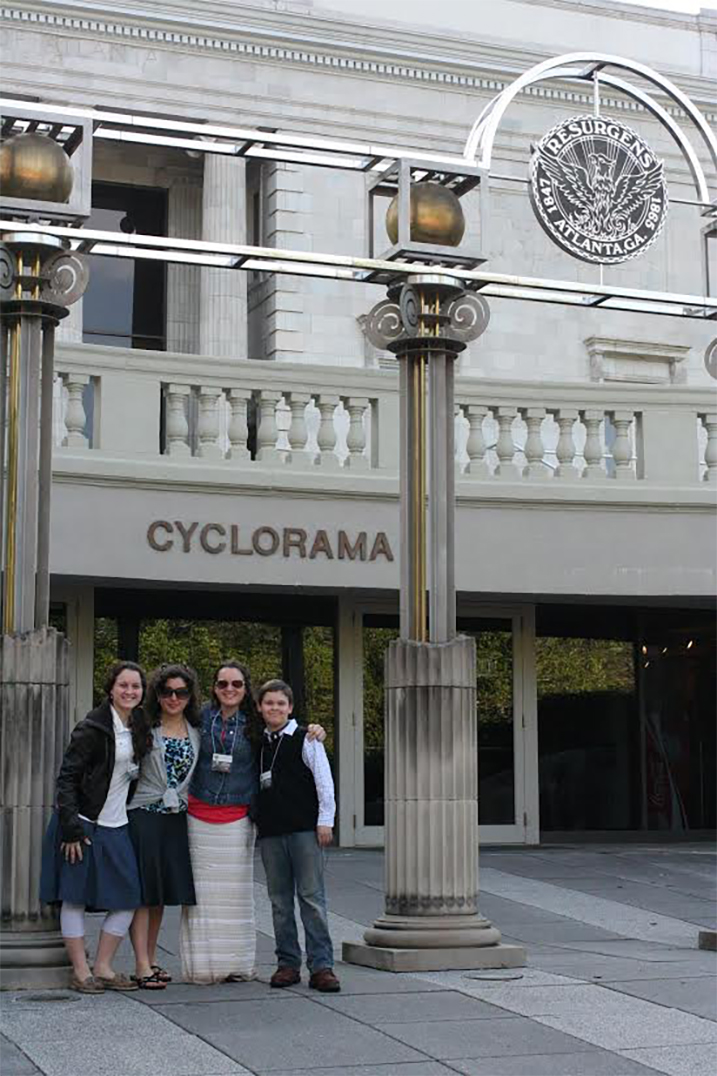
The Cyclorama building holds the worlds largest painting which depicts the Battle of Atlanta. The painting was completed in 1886 and has been housed in this building since the early 1900’s. It will soon be relocated to a new site and will be unavailable for viewing for over two years.

Adding a lively bit of Southern culture to history with Sam Turley’s version of “Dixie”, outside Atlanta’s Cyclorama.
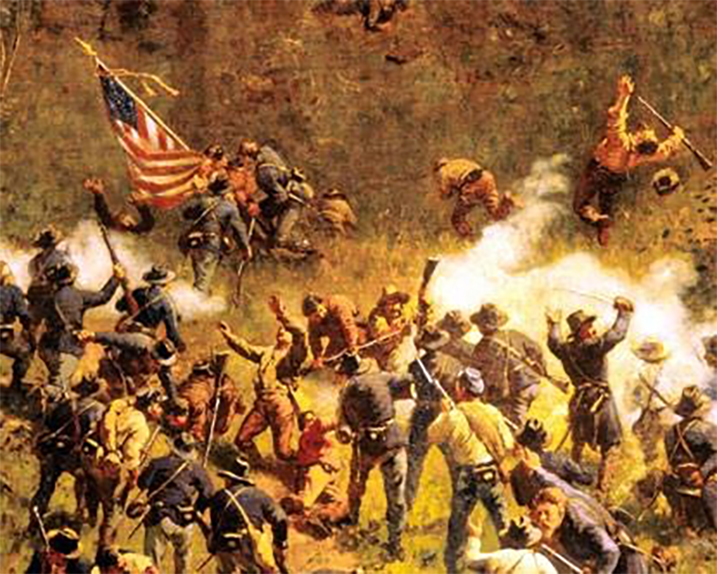
A very small portion of the Atlanta Cyclorama beautifully depicting the Battle of Atlanta.
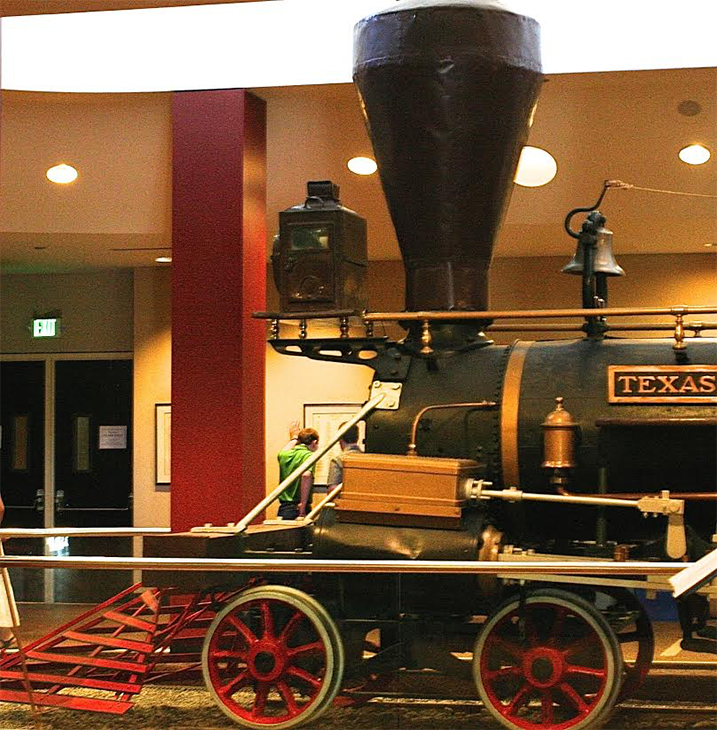
The Texas—a locomotive involved in the Great Locomotive Chase during the Civil War—is on display in all its glory at the Cyclorama Building in Atlanta. What a story!
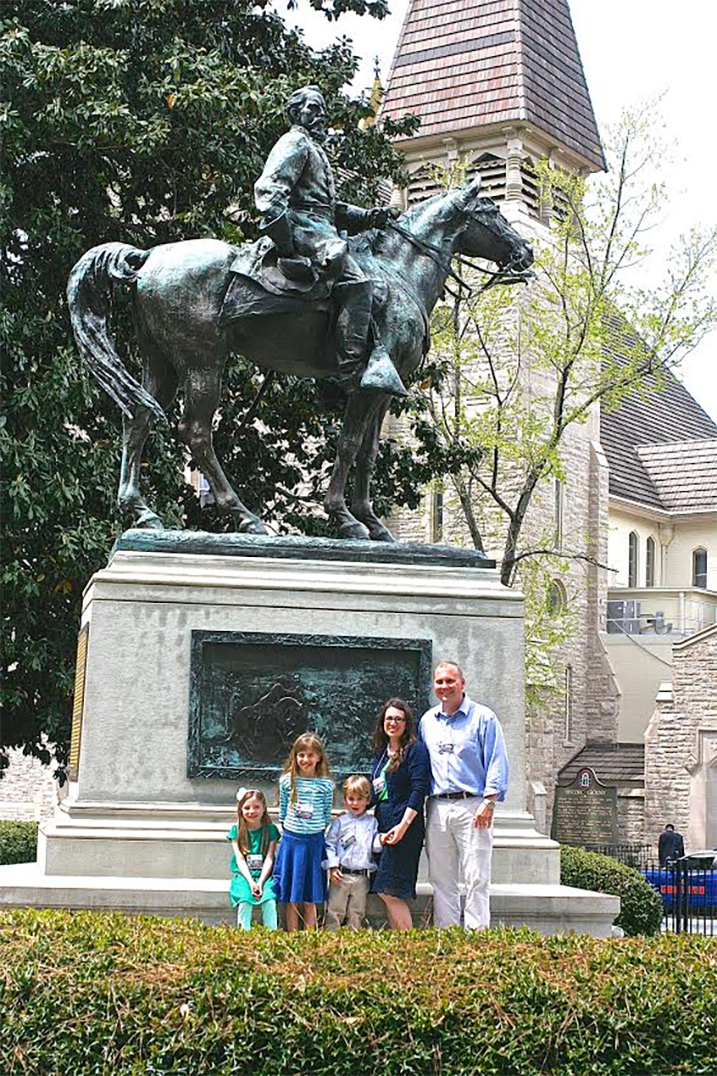
In front of the Georgia capitol building beside the statue of General John B. Gordon, war hero at Antietam, shot five times only to survive and go on to replace General Jackson as commander of the Stonewall Brigade and fight at Gettysburg and elsewhere. He took part in General Lee’s surrender at Appomattox Courthouse. Gordon was elected to the Senate in 1873 and became Governor in 1886.
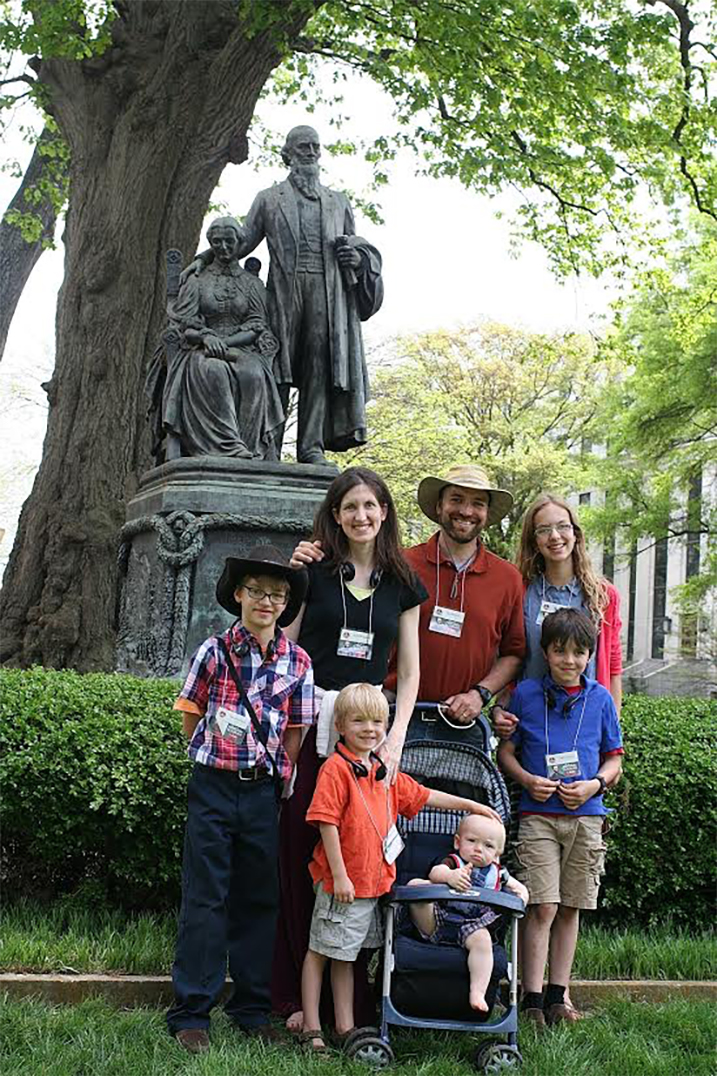
Wartime Georgia governor, Joseph E. Brown, is portrayed with his wife at his side. The Georgia General Assembly said of her: “in every sense a fit mate for her husband, of modest demeanor, shunning public display, she was yet, a quiet force.”
Brown was a leading secessionist in 1861 and a firm believer in states rights. He later served as senator of Georgia. This beautiful statue stands on the magnolia-shaded grounds outside the Georgia capitol.
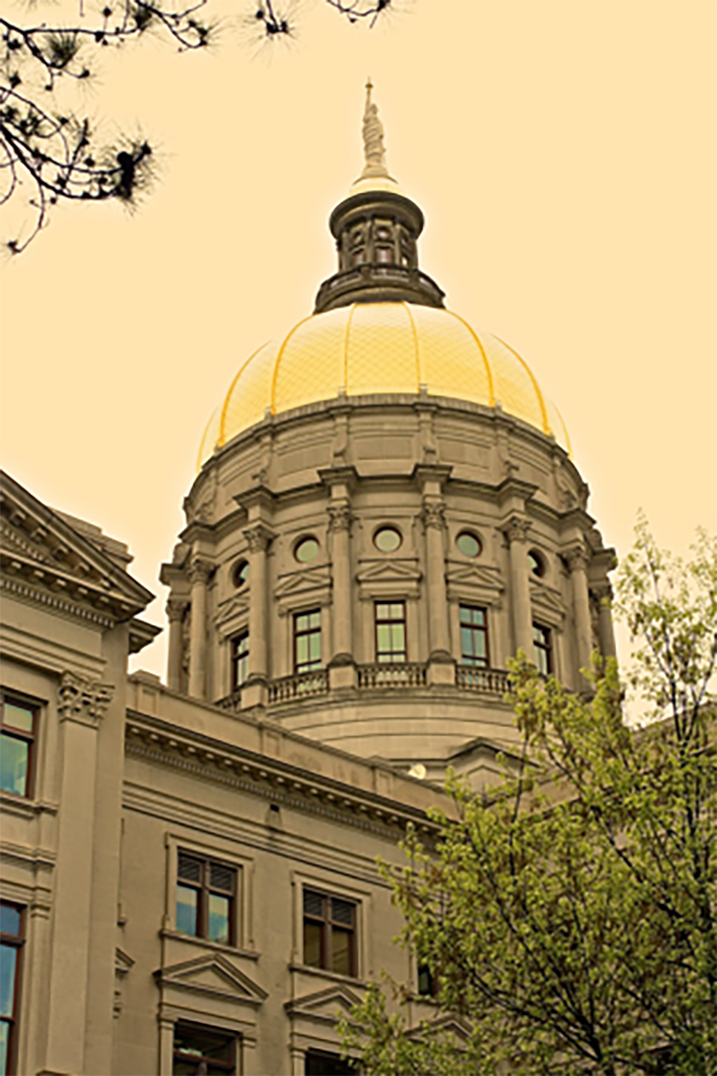
The beautiful Georgia State Capitol building, completed in 1889.
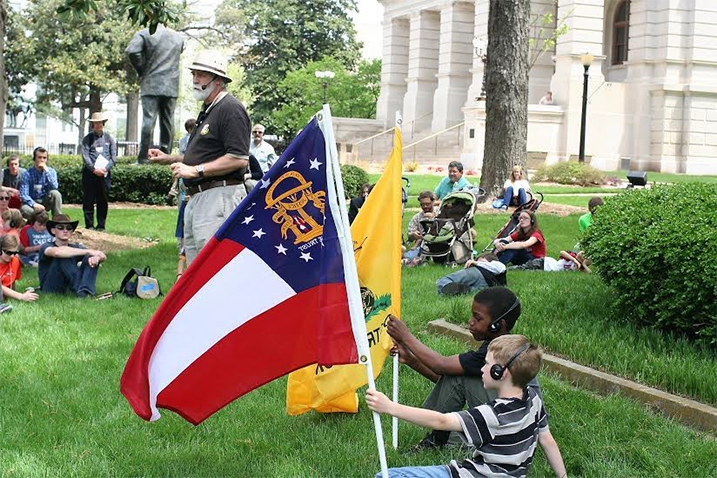
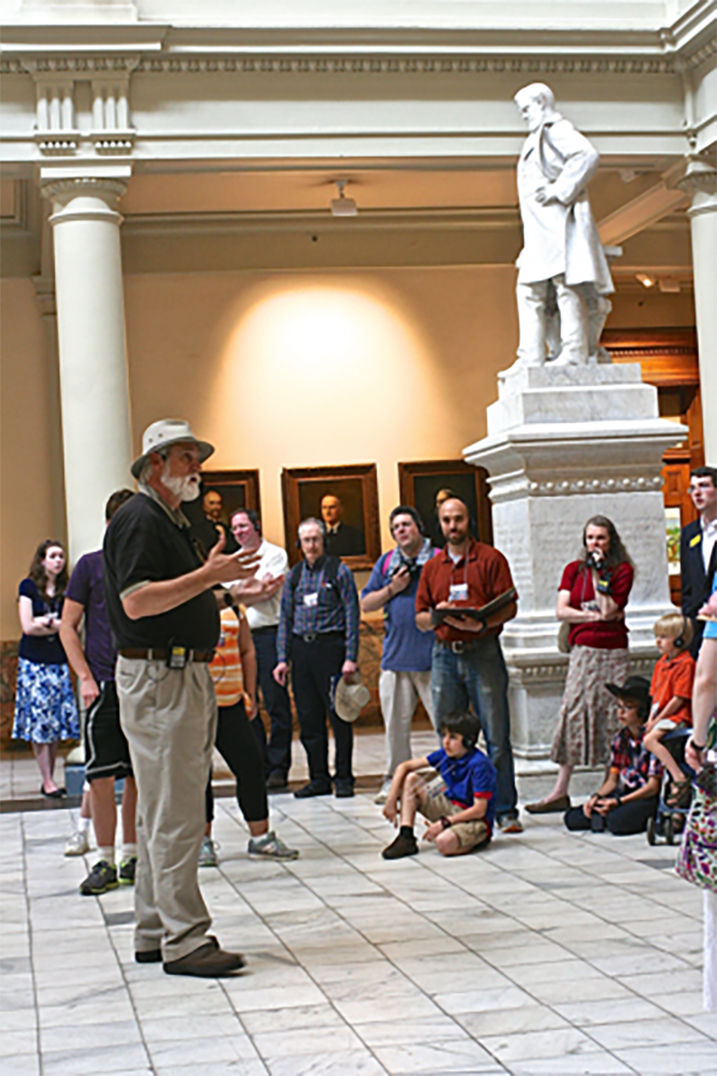
Mr. Potter gives brief and captivating sketches of the lives of some of Georgia’s most illustrious and infamous politicians, inside the beautiful state capitol building.






